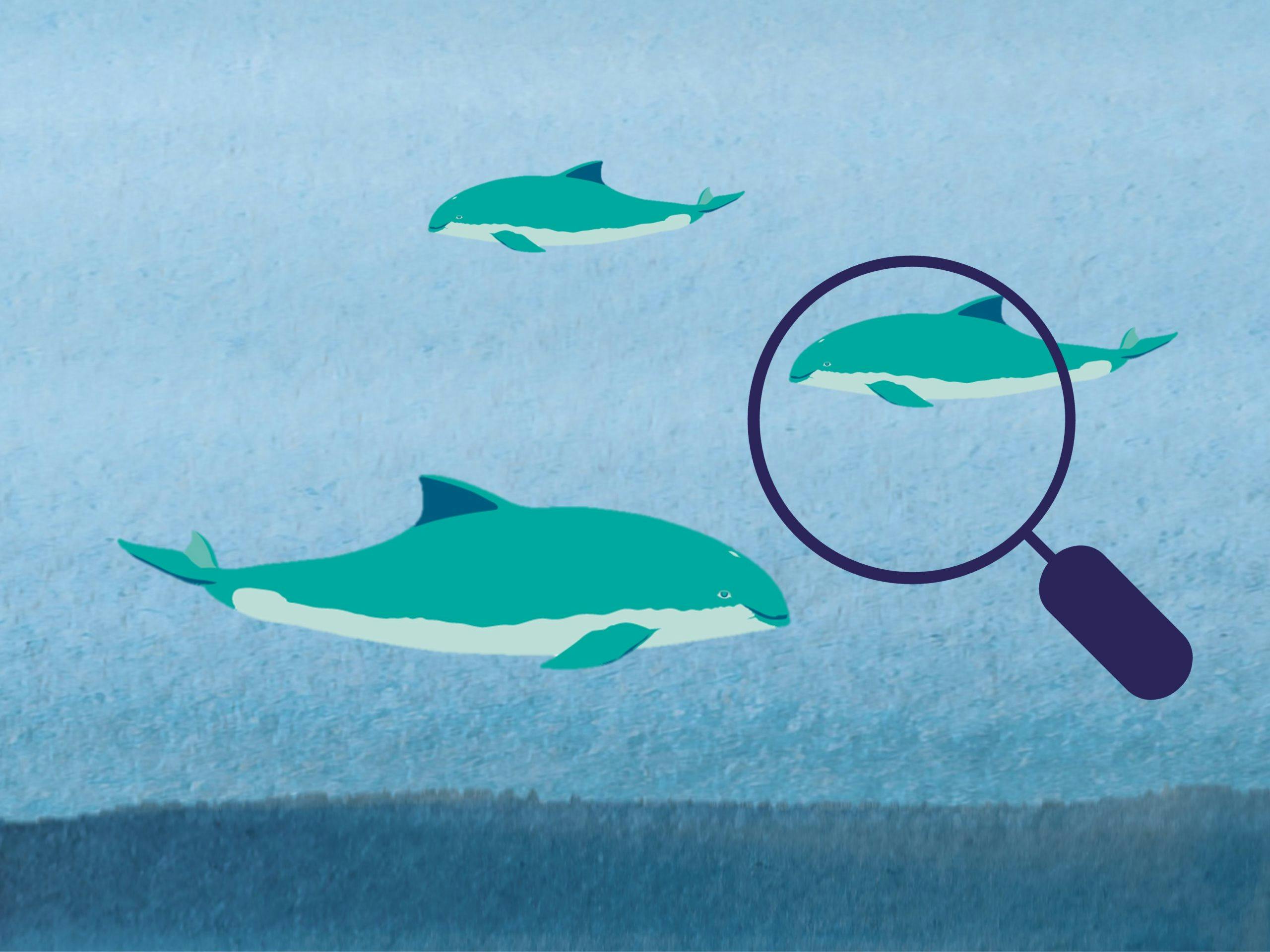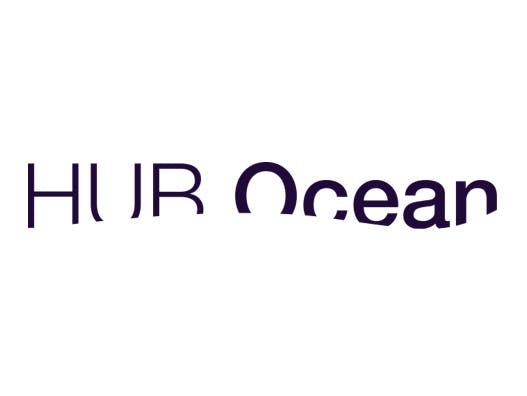Monitoring and research programme

There is still plenty to learn about harbour porpoises in the North Sea. For example, we know that the harbour porpoise is easily disturbed by noise, but we are unsure what the specific behavioural changes associated with this disturbance are and how long these changes will last. The better we understand the harbour porpoise and its habitat, the better we can take this into account.
This is why we want to thoroughly monitor and research the harbour porpoises, potential sound disturbance, and changes in population, together with scientists. For example:
We will investigate the relationship between noise and behavioural effects. We do not yet know how much noise and what type of noise the various innovative foundation techniques will actually cause and how this may influence the harbour porpoises’ behaviour. As such, we want to extensively measure noise during the installation phase. We will measure the noise of various activities, such as the use of vibrating hammers as well as pile driving in combination with various sound-mitigating innovations. This allows us to investigate how harbour porpoises respond to various types of noise underwater.
We will set up a PAM network (passive acoustic monitoring). We will deploy this network for 7 years to measure the presence of the harbour porpoise, with 14 measuring stations both inside and outside the wind farm. This enables us to investigate the effect of noise on their presence across different project phases and whether behavioural changes, such as avoidance, occur. This will help to determine whether the wind farm would be a suitable habitat for the harbour porpoise. We will start monitoring prior to the construction phase to perform a baseline measurement. Also watch the video.



